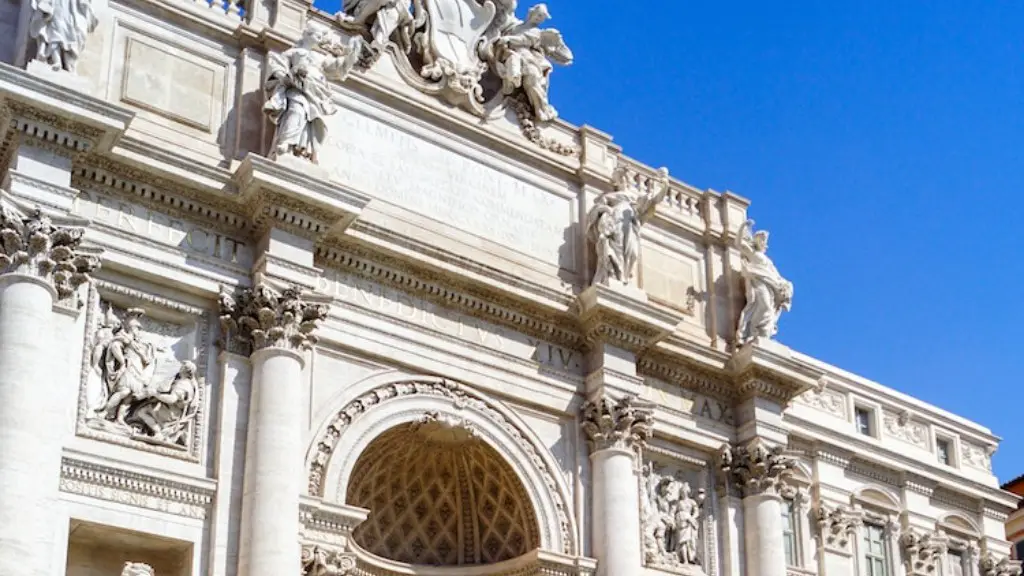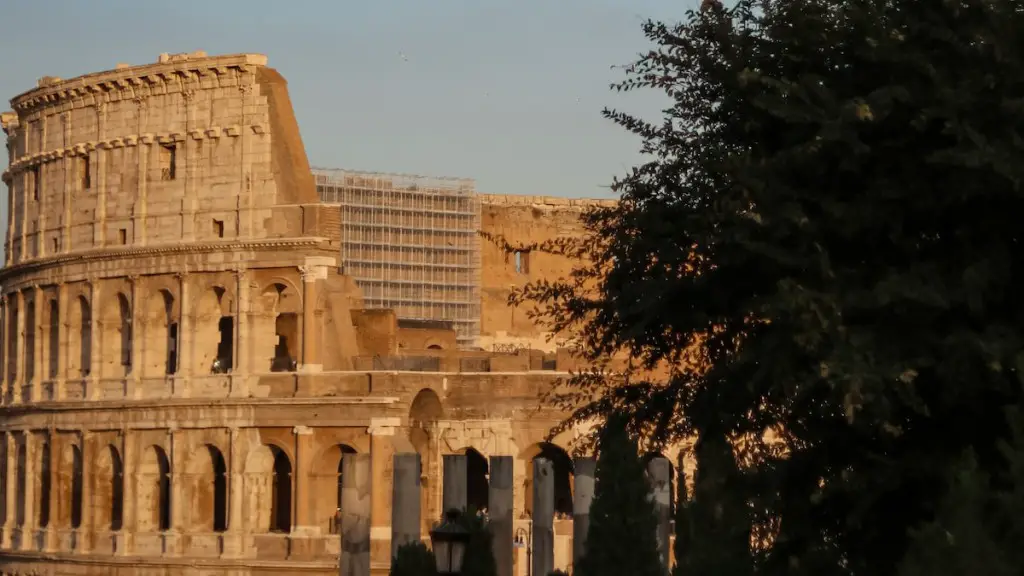Roman Society
In Ancient Rome KS2, life was divided among those in the upper classes and the lower classes with major distinctions in power and wealth. For people in the upper classes, their lives were heavily influenced by the patron-client relationships wherein they expected their clients to do as they were told. The client was expected to perform acts of service to the patron in return for protection and advancement. People in the upper classes also experienced a great deal of glory and privilege, especially those in the upper classes of the senate. They lived in lavish houses, ate the best foods, and could expect to enjoy privilege and power.
For those in the lower classes life was much more hard and without much reward. These were the peasants and slaves, who were forced to perform physical labor, often without pay. They were usually heavily taxed and could lose their freedom and become slaves if they were unable to pay their debts. They were not able to work for the upper classes or participate in political life and thus lived lives of extreme poverty with little hope for the future.
At the same time, Ancient Rome was a highly developed society with strong legal rights and social rules and regulations. This recognition of rights, obligations and duties was known as ‘civilitas’ and was considered a primary imperative of Roman life. This social order was based on family, tradition, and law and was regulated by a rigid code of etiquette. Social interactions of all kinds were highly structured and even the smallest details – such as seating arrangement – were given great importance.
Religion in Ancient Rome
Religion played a major role in the life of the Ancient Romans KS2. While there were multiple gods and goddesses that were worshipped, the centre of religion was the figure of the Emperor, who was regarded as an incarnation of the gods in human form. As a result, the Emperor was venerated in a highly religious fashion and sacrifices were performed by the people in honour of the gods. Religion was an everyday part of life for the people of Ancient Rome and festivals and religious processions were common, particularly in the public and political sphere.
Religious practices and beliefs were steeped in superstition, with omens and portents taken seriously. Witchcraft and magic in the form of spells and potions were also common as a means of protection against spiritual and demonic forces. People also believed in the afterlife and many tombs and grave goods attest to the belief that funeral rituals could aid the deceased in his journey to the land of the dead.
The Roman pantheon was diverse and complex and while the main deities were gods of war and politics, many other gods were also worshipped such as gods of fertility, the hearth, oracles and health. The Romans also believed heavily in the concept of fate and destiny and this was closely intertwined with their religious beliefs. A major prophecy in the Roman world was the ‘Sibylline Books’ which made predictions about the future and about the lives of kings and Emperors.
Education in Ancient Rome
In Ancient Rome KS2, education was closely linked with social and political standing and could determine the success of an individual in later life. Education was mainly provided in the ‘ludus’, which was a form of elementary school for children of the upper classes. Grammar, rhetoric, geography and history were among the primary topics taught, although there was also an emphasis on physical exercises such as boxing and running.
Education was not, however, open to all. It was mainly the preserve of the upper classes and those of a higher social status, while the lower classes had very little access to education and instead had to learn their skills through apprenticeships. Despite these inequalities, education was highly valued in Ancient Rome and the importance of knowledge was seen as vital to maintaining political power and social control.
In Rome, classrooms were organised with the teacher at the front and the students gathered around him. While punishment was seen as a necessary part of education, its use was strictly limited. Instead, teachers sought to encourage learning through debate and dialogue and the students were expected to take part in intellectual discussion and to develop their own opinions and analysis.
Food and Trade in Ancient Rome
Food and trade were essential for the Ancient Romans ks2 and played a major role in their lives. Food was mainly obtained through tradesmen who would travel from place to place to sell their wares. Fish, grains, fruit and vegetables were the main staples of the Roman diet as well as wine, which was an important accompaniment to many meals. Bread and olives were also common while meat was more of a luxury item reserved for the upper classes.
Trade was conducted mainly through bartering and trading goods of equal value in exchange for the goods one desired. Markets were common, especially in major cities, where merchants would come to sell their wares. Trade was also essential for daily life and travelers brought with them news and stories about life in other places.
At the same time, the Romans were among the first to adopt a form of currency with the gold aureus and the silver denarius being used as major forms of currency throughout the empire. This made trade much easier and allowed the Romans to expand their reach and engage in economic activities with distant places.
Entertainment and Sports in Ancient Rome
The Ancient Romans KS2 also dedicated considerable time and effort to entertainment and sports. Theatre was very popular during this period, with comedies and tragedies being performed at various public venues. Circus performances were also a major form of entertainment, with chariot races and gladiator games being highly popular. Athletic sports such as wrestling, throwing the discus, boxing and running were also popular, while horse racing and chariot racing were major spectator events.
The entertainment of this period was often highly violent and bloody, with death and injury being common sights at the arena. Games could be very brutal, particularly those involving animals and humans, and deaths were often greeted with cheers from the crowd.
At the same time, music was also an important part of Roman life and was used in many ceremonies and festivals. Music was believed to have the power to affect one’s emotions and so was often used in religious ceremonies and important events. Instruments such as lutes and lyres were popular and choirs sang in honour of the gods and goddesses.
Clothing and Fashion in Ancient Rome
Clothing and fashion in Ancient Rome KS2 was largely dependent on the economic and social status of an individual. The clothes of the upper classes were made from expensive materials such as silk and linen and were made to fit the contours of the body. The clothing of the working classes was often of a more simple design and made of cheaper materials such as wool and cotton. Roman clothing was often decorated with intricate designs and symbols, reflecting the social and religious beliefs of the time.
In Ancient Rome, fashion and clothing was heavily regulated and dictated by the state. Female clothing was heavily restricted to ensure modesty and chastity and girls and women were not allowed to wear certain types of clothing considered inappropriate. Men were also expected to dress in certain manner dependent upon their social class and station.
Clothing and fashion were an important part of social life in Ancient Rome and were often used to identify an individual’s status and wealth. Accessories such as jewelry and headdresses were also seen as symbols of social prestige and style and were highly valued.
Architecture in Ancient Rome
The beautiful and intricate architecture of Ancient Rome KS2 was seen as a sign of the greatness of the Roman Empire and a symbol of its power and wealth. Building and construction was a major part of Roman life and some of the finest and most impressive structures in the ancient world were constructed in Rome. The Colosseum is among the most famous of these structures and was the site of gladiatorial shows and mock battles and a symbol of the grandeur and power of the Empire.
Architecture was also used as an expression of one’s status and wealth. Major buildings such as temples and public baths were used for religious ceremonies and public gatherings, while private homes were decorated with sculptures and paintings. Structures were also often built as symbols of power and imperialism, with victory arches and monuments being common sights. Typical Roman architecture featured domes, arches and columns which were seen as symbols of strength, stability and beauty.
While much Roman architecture is now in ruins, the impact of Ancient Roman architecture is still seen in the buildings and cities of modern times. The Colosseum, the Pantheon, and the Forum of Rome remain staples of the city and serve as monuments to the glory of the Roman Empire.
Conclusion
Ancient Rome KS2 was an advanced, highly structured and sophisticated society, with a strong emphasis on culture, law, and religion. The legacy of Ancient Rome can still be seen in many aspects of daily life and its impact can still be felt centuries later. From the beautiful architecture and impressive engineering to the entertainment and sports, Ancient Rome impacted the world in a profound way and is sure to continue to do so.





